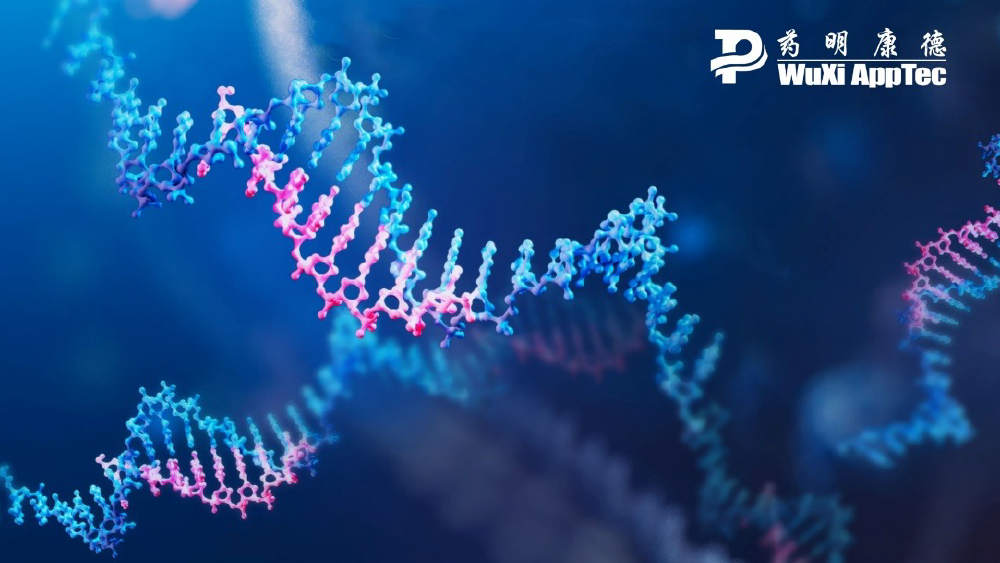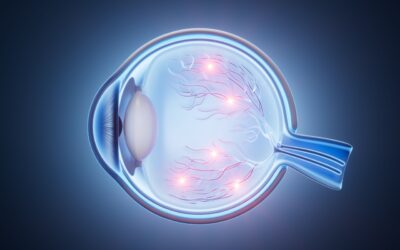In the world of drug development, the term “undruggable” has long haunted researchers. More than 80% of known disease-related pathogenic proteins fall into this category, presenting formidable challenges for traditional therapies. However, a class of therapeutics known as oligonucleotide drugs (oligos) is breaking barriers and offering hope for previously untreatable diseases. These innovative drugs are poised to revolutionize the pharmaceutical landscape by targeting genes and proteins that small molecules and biologics cannot effectively address.
The problem with traditional therapies
Despite their widespread use and success in treating various diseases, traditional therapies like small molecule drugs and biological agents face significant limitations when targeting specific pathogenic proteins. These limitations stem from the inherent properties of these drugs, which restrict their ability to effectively address complex and intracellular targets. As a result, many disease-related proteins remain untreatable, highlighting the need for innovative therapeutic approaches.
- Small molecule drugs: Small molecule drugs have been a cornerstone of pharmaceutical development for decades. Their advantages include ease of manufacturing and the ability to be administered orally. However, these drugs face significant limitations, particularly when targeting large, complex, or intracellular proteins. Many disease-related proteins lack accessible binding sites, rendering small molecule drugs ineffective against them.
- Biological agents (antibodies): Antibody drugs, known for their high specificity, have made significant strides in treating various diseases. Yet, their large molecular size restricts their ability to penetrate cell membranes and reach intracellular targets. This limitation has left many pathogenic proteins beyond their reach.
The ‘undruggable’ challenge
The term “undruggable” refers to proteins that traditional therapies cannot effectively target due to their lack of accessible binding sites or the complexity of their interactions. This has left a significant gap in treating numerous diseases, highlighting the need for innovative therapeutic approaches.
Enter oligonucleotide drugs
Oligonucleotide drugs, including antisense oligonucleotides (ASOs), small interfering RNA (siRNA), and aptamers, represent a groundbreaking approach to drug development. These drugs target mRNA sequences, utilizing the principle of Watson–Crick base pairing to bind specifically to target mRNA sequences and prevent the translation of pathogenic proteins.
Oligos modulate gene expression by silencing or altering the function of mRNA. This allows them to directly interfere with the production of disease-causing proteins, effectively addressing the root cause of many diseases.
Overcoming the Undruggable
One of the most significant advantages of oligonucleotide drugs is their ability to silence or modulate the expression of genes encoding undruggable proteins. By preventing the production of these proteins, oligos can tackle diseases that have long eluded traditional therapies. This innovative approach has already shown promising results in several areas, demonstrated by the following:
- Spinal Muscular Atrophy (SMA): Nusinersen (SPINRAZA®)
- Hypercholesterolemia: Inclisiran (LEQVIO®)
Advantages over traditional therapies
Oligonucleotide drugs offer several key advantages over traditional therapies, making them a promising avenue for treating diseases that have been challenging to address with conventional medications. Each of these benefits plays a crucial role in enhancing the efficacy and precision of oligos, ultimately improving patient outcomes and expanding treatment options for a wide range of diseases.
- High specificity: Oligos are designed to bind precisely to target mRNA sequences, reducing off-target effects and increasing therapeutic efficacy.
- Reduced drug resistance: By targeting mRNA, oligos can circumvent mechanisms that typically lead to drug resistance in traditional therapies.
- Versatility and customizability: Oligos can be rapidly designed and modified to target a wide array of genetic sequences, making them versatile tools in the fight against various diseases.
Challenges and solutions
Developing oligonucleotides presents unique challenges that require innovative solutions to ensure effectiveness and safety. These challenges include structural instability, difficulty penetrating cell membranes due to their large and negatively charged molecular structures, and the potential for oligos to elicit immune responses.
However, researchers have developed chemical modifications, such as phosphorothioate backbones, to enhance oligonucleotides’ stability against enzymatic degradation. In addition, advancements in delivery systems, such as lipid nanoparticles (LNPs) and ligand-targeted delivery methods, have significantly improved their cellular uptake and intracellular delivery. Finally, to mitigate the risk of immunogenicity, drug design minimizes immune responses, improving the drugs’ safety profiles.
Future directions
As the field of oligonucleotide drugs continues to advance, several key areas are shaping its future trajectory:
- Emerging therapies: The field of oligos is rapidly evolving, with new therapies targeting diseases like Huntington’s, amyotrophic lateral sclerosis (ALS), and various cancers. These drugs are promising for addressing unmet clinical needs and providing new patient treatment options.
- Technological advancements: Evolving technologies are continuously improving the efficacy, safety, and delivery of oligonucleotide drugs. New delivery systems and chemical modifications are being developed to enhance their performance.
- Regulatory landscape: The regulatory environment for oligos is also evolving. While these drugs are often classified as new chemical entities, aspects of biologic drug regulation are also considered. This hybrid approach requires ongoing adaptation and collaboration between regulatory bodies and pharmaceutical companies.
Final thoughts
Oligonucleotide drugs are revolutionizing drug development by addressing previously untargetable proteins. Their ability to modulate gene expression, coupled with advancements in chemical modifications and delivery systems, positions them as powerful tools in the fight against numerous diseases. As research and development continue to advance, oligos hold the potential to transform the treatment landscape and offer new hope for patients with currently untreatable conditions.
As an experienced preclinical testing partner, WuXi AppTec has completed more than 80 IND-enabling studies and more than 500 in vivo studies for oligonucleotide drugs, including ASOs, siRNAs, miRNAs, and more. Our program expedites and streamlines the development process, ensuring faster and more efficient outcomes for specialized oligonucleotide therapies.
As a global company with operations across Asia, Europe, and North America, WuXi AppTec provides a broad portfolio of R&D and manufacturing services that enable the global pharmaceutical and life sciences industry to advance discoveries and deliver groundbreaking treatments to patients. Through its unique business models, WuXi AppTec’s integrated, end-to-end services include chemistry drug CRDMO (Contract Research, Development and Manufacturing Organization), biology discovery, preclinical testing and clinical research services, helping customers improve the productivity of advancing healthcare products through cost-effective and efficient solutions. WuXi AppTec received an AA ESG rating from MSCI for the fourth consecutive year in 2024 and its open-access platform is enabling around 6,000 customers from over 30 countries to improve the health of those in need – and to realize the vision that “every drug can be made and every disease can be treated.”


